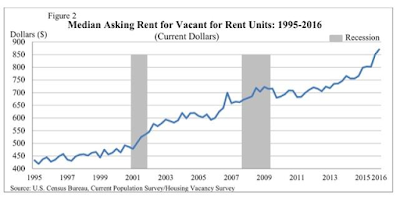Add in Canadian wildfires and the fallout they cause in the oil patch by driving up the price and markets have a case of the Monday morning blues as Australian shares dropped 0.4%, the Kospi retreated 0.6% and MSCI's broadest index of Asia edged down 0.2%. The trade data impacted Shanghai shares as they fell 2% with only the Nikkei fighting the trend on the yen's recent upswing weakened. The index rose0.5%. The number on China's exports fell nearly 2%, coming in at 1.8% officially.
The dollar will most likely have much to say about these markets, especially if it spikes up. But many believe that a deal has been cut by the G3 to keep the dollar weak at least going into the upcoming presidential election. The WSJ reported:
The powerful rallies that have lifted stocks, crude oil and emerging markets for the past three months have one important thing in common—the falling dollar—and investors are growing anxious that it could prove to be the weak link.
While the dollar is down 4.5% this year and near a one-year low against a basket of currencies, other investments have surged. U.S. crude prices are up 69% from their February lows. Gold was up 16.5% in the first quarter, its best in three decades. And emerging-market stocks, bonds and currencies have enjoyed double-digit gains in 2016.
Analysts at Morgan Stanley measured the correlation between a weak dollar and their own index of investor appetite for riskier assets. They found it near its highest level in 20 years.
The concern is that it is a relationship that could easily go in the opposite direction. The dollar is heavily dependent on perceptions of what the Federal Reserve will do with interest rates, and those perceptions could change quickly. Meanwhile, analysts warn that the fundamentals for oil, emerging-market assets and even many stocks look too weak to support the recent price gains on their own.







